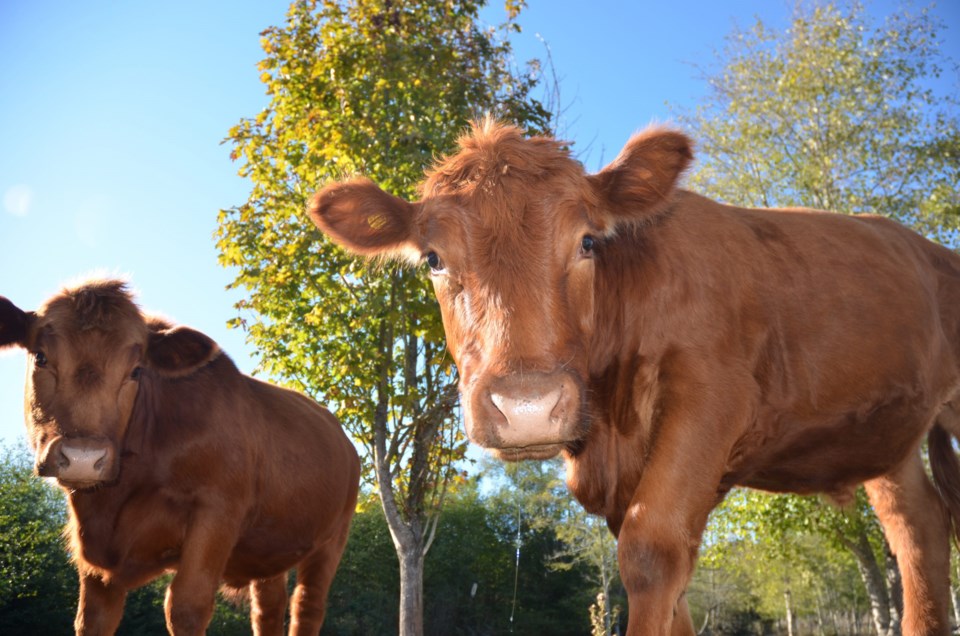The gourmet foodie website Epicurious announced this week it will stop featuring recipes with beef “in an effort to encourage more sustainable cooking.”
“Beef won’t appear in new Epicurious recipes, articles, or newsletters. It will not show up on our homepage. It will be absent from our Instagram feed,” editors of the Conde Nast publication write in announcing the policy, which comes more than a year after Epicurious began limiting the ingredient in its featured recipes.
Almost 15 per cent of greenhouse gas emissions globally come from livestock, the vast majority of those (61 per cent) from beef, they point out, citing the UN Food and Agriculture Organization.
What they don’t mention is that transportation is part of that total, or that transportation overall accounts for three times the global GHG emissions of agriculture in total.
On the same front page, the publication features an article on how to brew a better cup of coffee, 21 Great Mother’s Day Gifts to Order Online Today, and a recipe for a fried artichoke sandwich.
I’m no green thumb. But I’m pretty certain artichokes are tough to grow in Canada. If you make that delicious-looking sandwich, it’s probably with an artichoke grown in the Mediterranean, North Africa, or South America, possibly Spain or California.
It travelled a long way to your dinner plate but that’s okay. The UN FAO tells us that rearing cattle produces more greenhouse gases than driving cars.
In a commentary for The Conversation, Frank Mitloehner, a professor of animal science and air quality extension specialist at the University of California - Davis, points out the discrepancy in the way the FAO measures emissions.
For livestock, every factor from fertilizer production to land use to, yes, farts and belches are measured from birth to death. But when it comes to transportation, the manufacture of vehicle materials and parts, assembly, and infrastructure are left out of the equation.
“Instead, they only considered the exhaust emitted by finished cars, trucks, trains and planes. As a result, the FAO’s comparison of greenhouse gas emissions from livestock to those from transportation was greatly distorted,” he writes.
And there’s the problem. In the absence of a cohesive, collaborative and realistic plan to address the climate change crisis globally, it’s become mostly an oversimplified and easily manipulated marketing tool.
Should you drive an EV, or live walking distance from where you work? What about the lithium mining problem?
Should you eat local or eat less beef? What about the emissions from global transportation of goods?
Are we still worried about water? Pesticides? Plastics and out-of-control consumerism?
What happened to almonds? Are they good again?
I truly don’t know any more. And that’s the biggest problem of all – that many well-meaning people have simply tuned out.
To highlight another of my shortcomings, I’m no climate scientist but it seems to me that one of the greatest contributors to catastrophic climate change is the insatiable appetite of western cultures for consuming. Anything. Everything.
So although the United States is the largest beef producer in the world, (Canada is No. 11 after Brazil, the European Union, China, India, Argentina, Australia, Mexico, Pakistan and Russia) the U.S. magazine Epicurious believes it’s better to cut beef and buy artichokes.
Oh, and a $350 “signature” Dutch oven or a $600 espresso maker ordered online.
After all, it is Mother’s Day. So just switch your sirloin for spinach, and shop on.
Dene Moore is an award-winning journalist and writer. A news editor and reporter for The Canadian Press news agency for 16 years, Moore is now a freelance journalist living in the South Cariboo. Moore’s two decades in daily journalism took her as far afield as Kandahar as a war correspondent and the Innu communities of Labrador. She has worked in newsrooms in Vancouver, Montreal, Regina, Saskatoon, St. John’s and Edmonton. She has been published in the Globe and Mail, Maclean’s magazine, the New York Times and the Toronto Star, among others. She is a Habs fan and believes this is the year.
SWIM ON:
- Last week, Dene Moore looked at BC's 2021 budget from a rural point of view.
- Last year, Dene Moore predicted higher prices for beef - but producers and feedlots won’t be the ones seeing the benefits.
- Canada's livestock and dairy industries face a pandemic fallout, writes Sylvain Charlebois.



